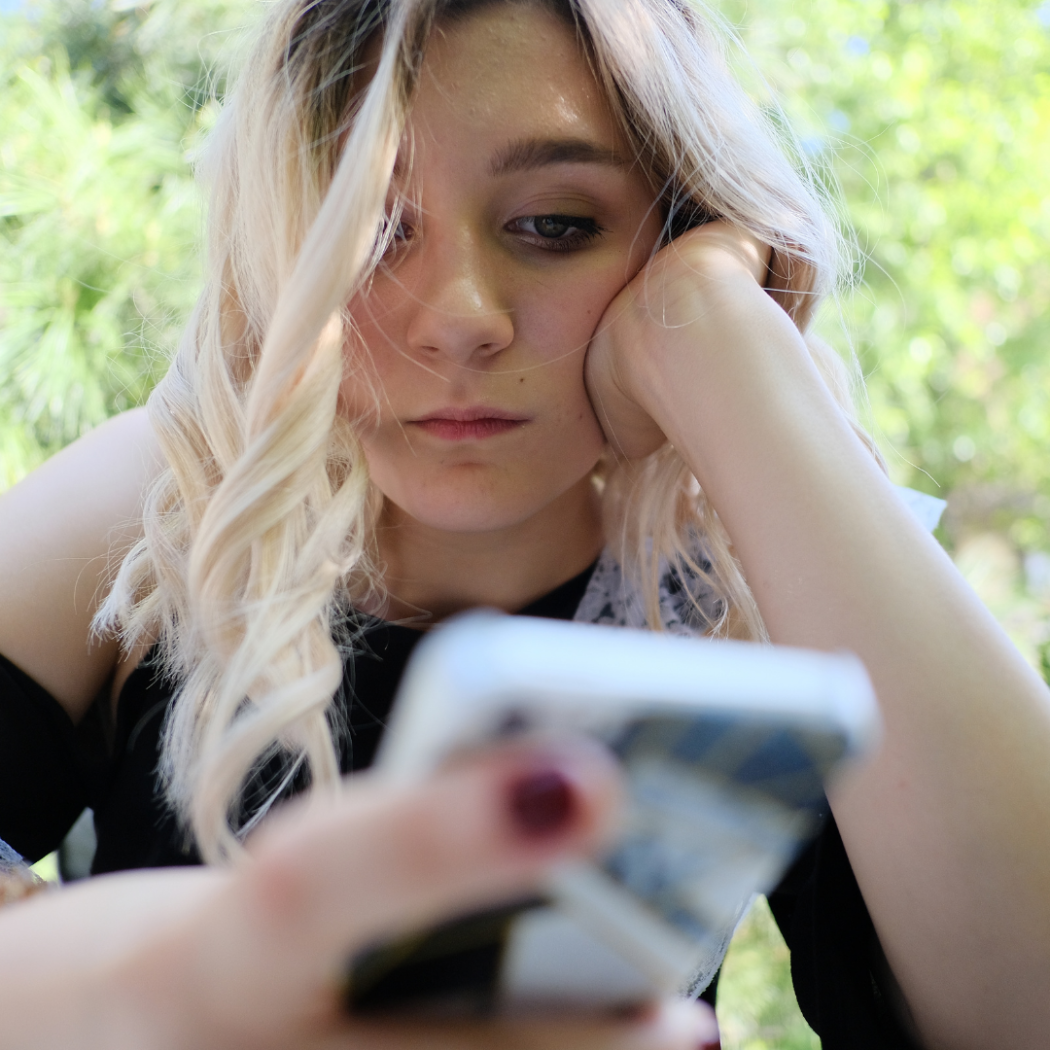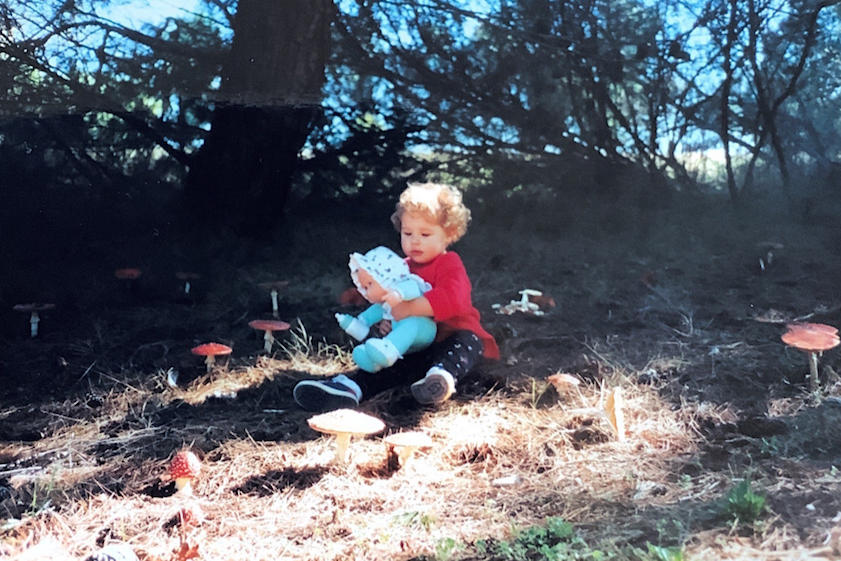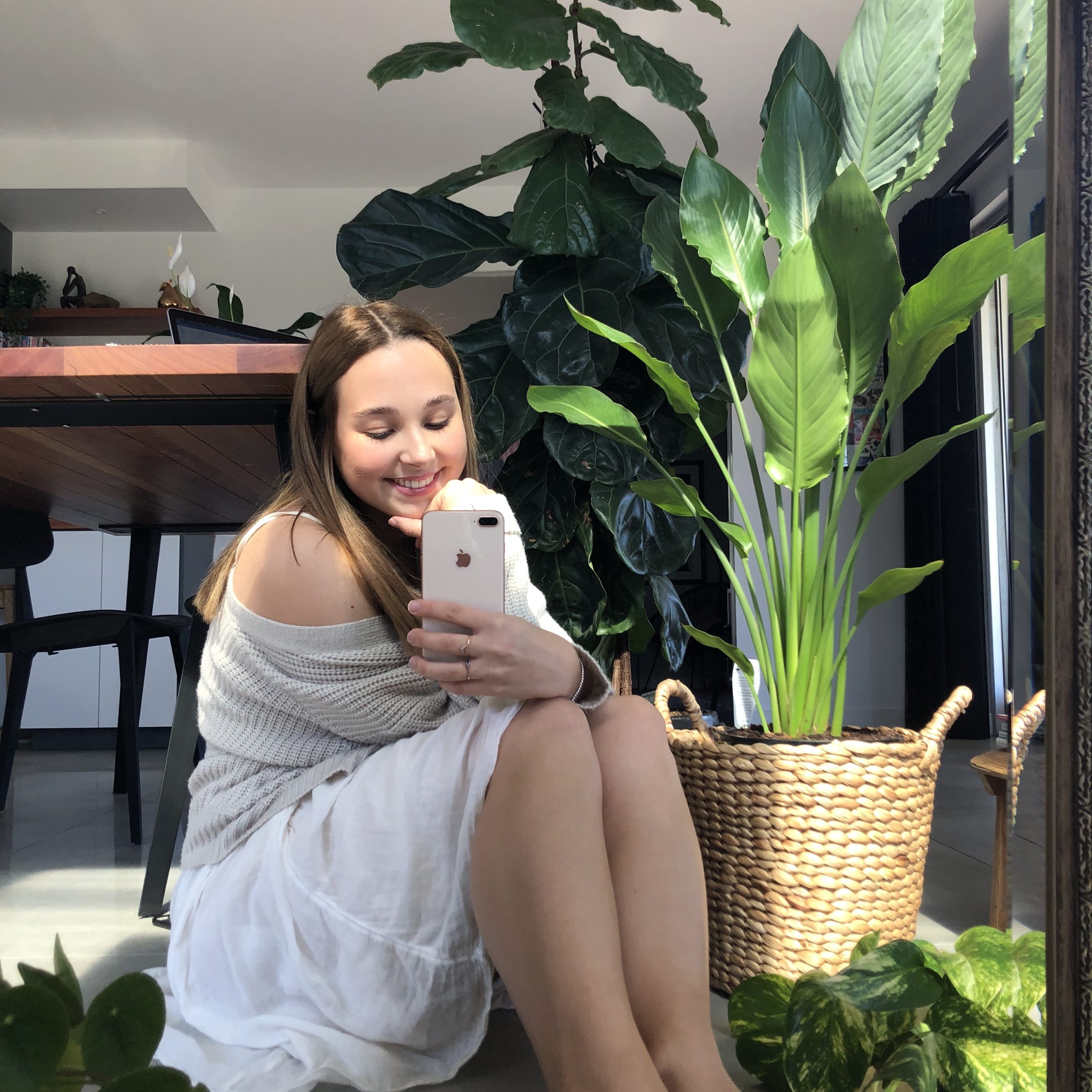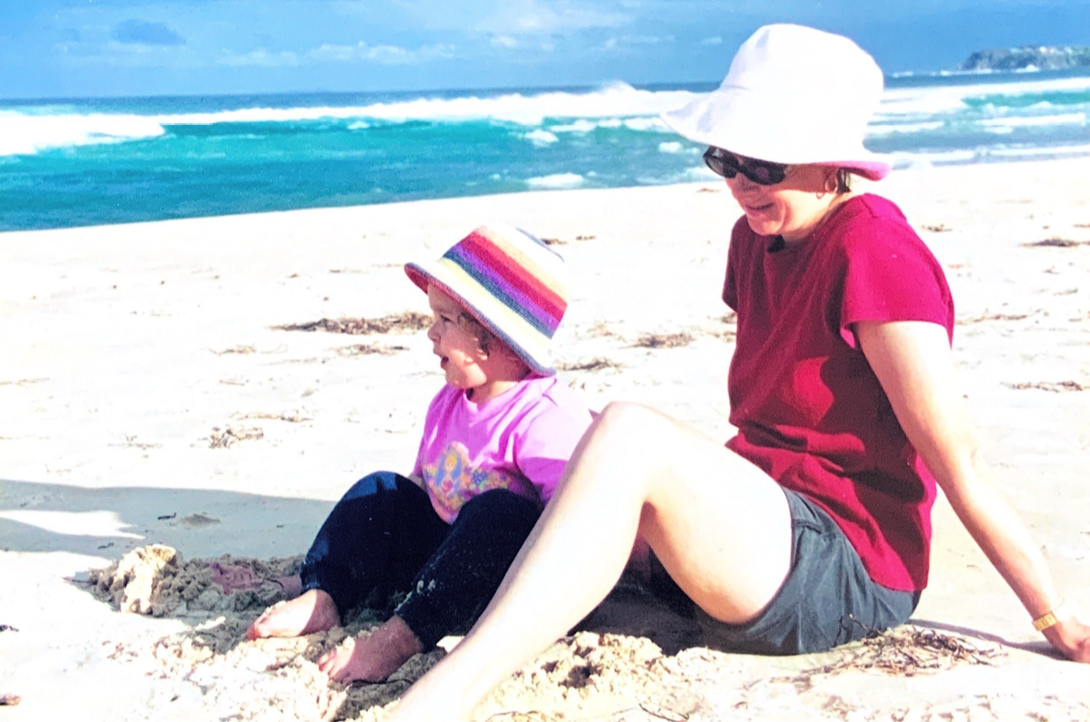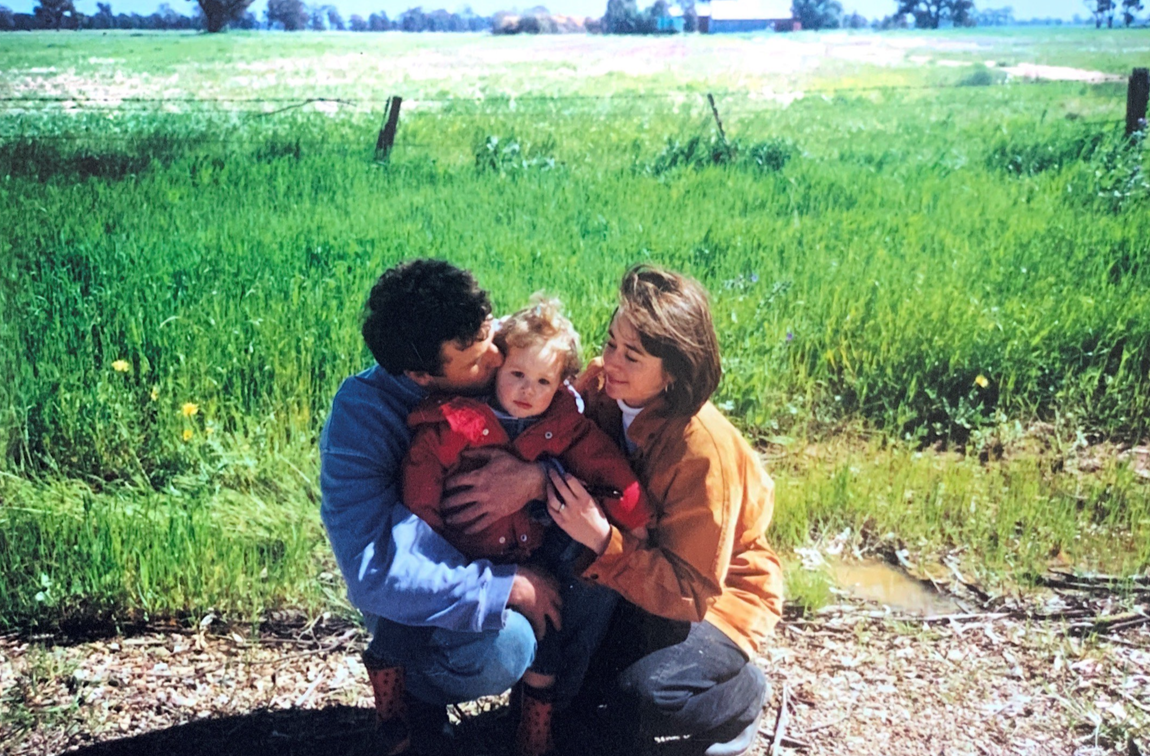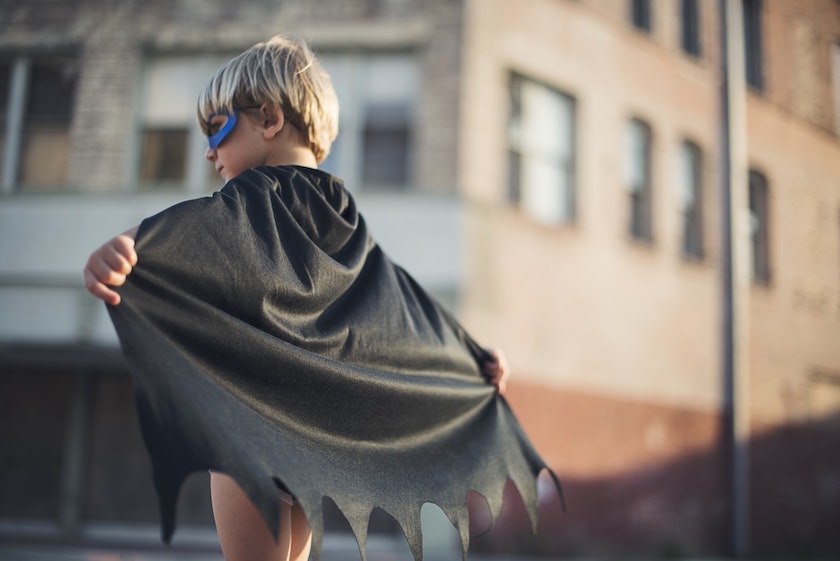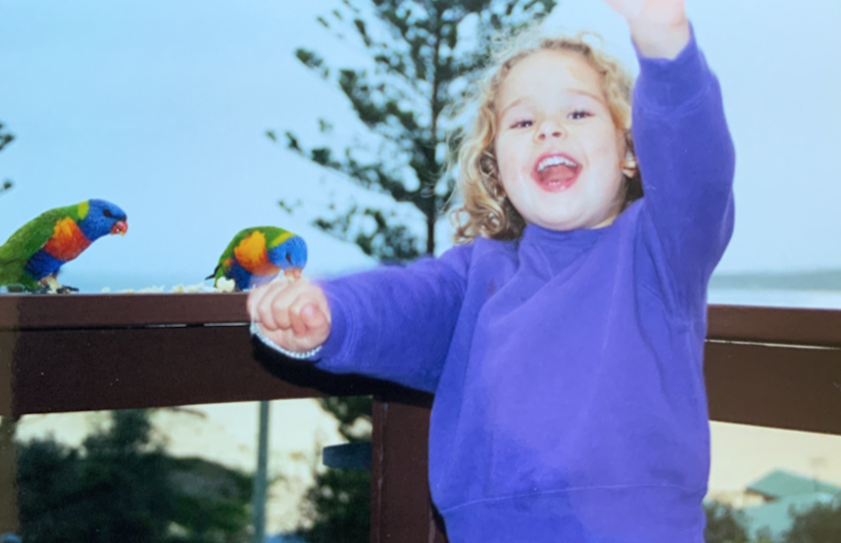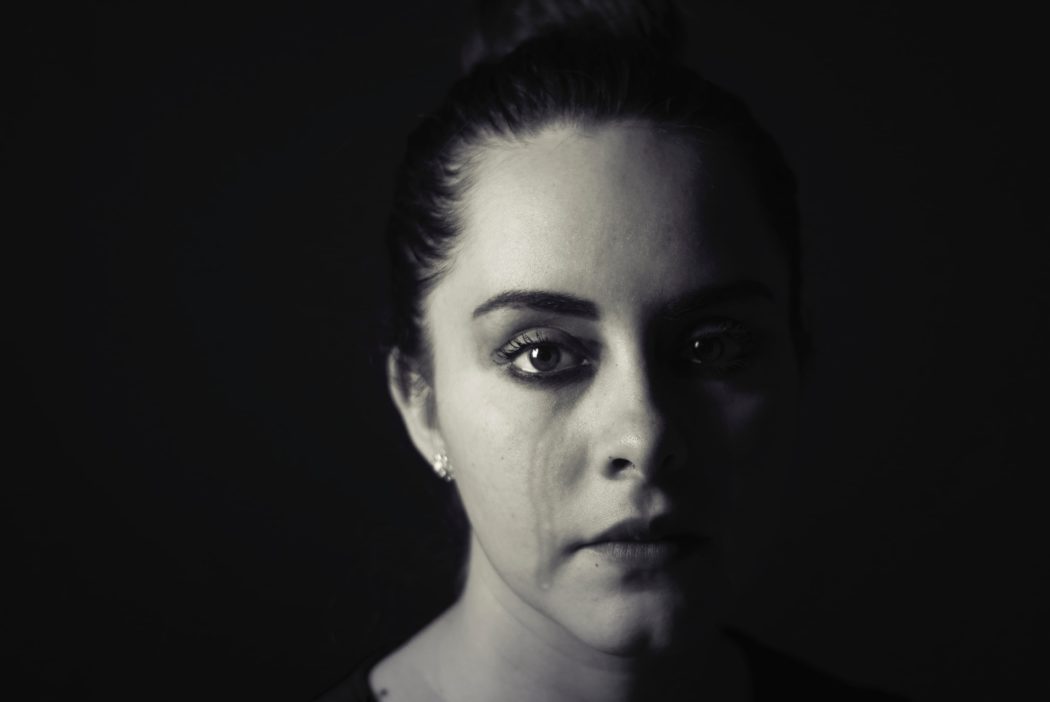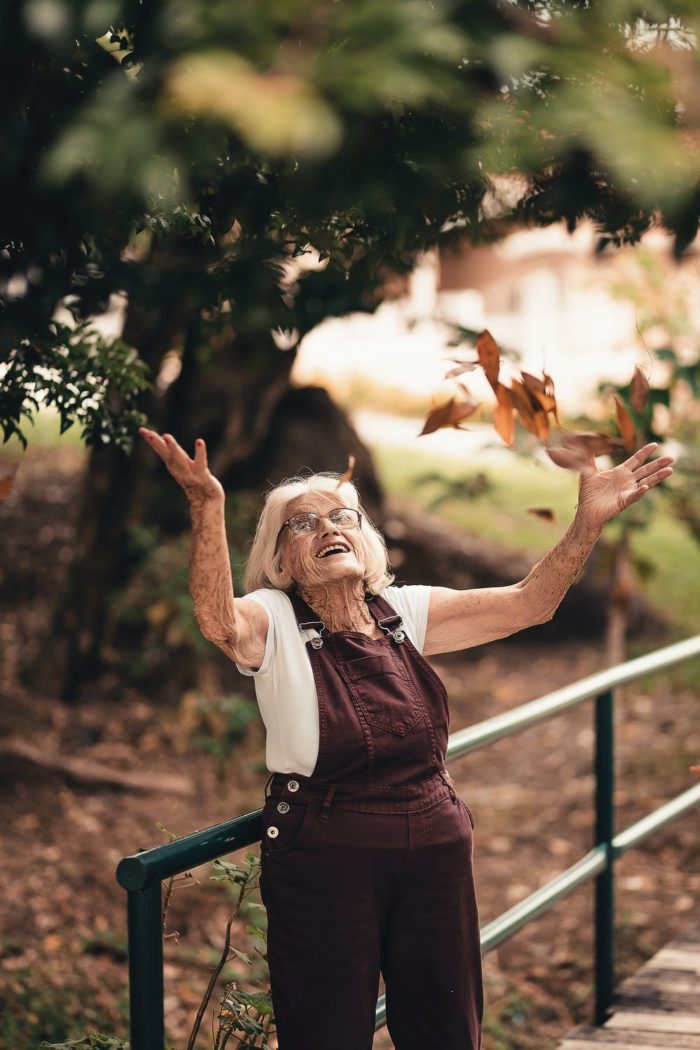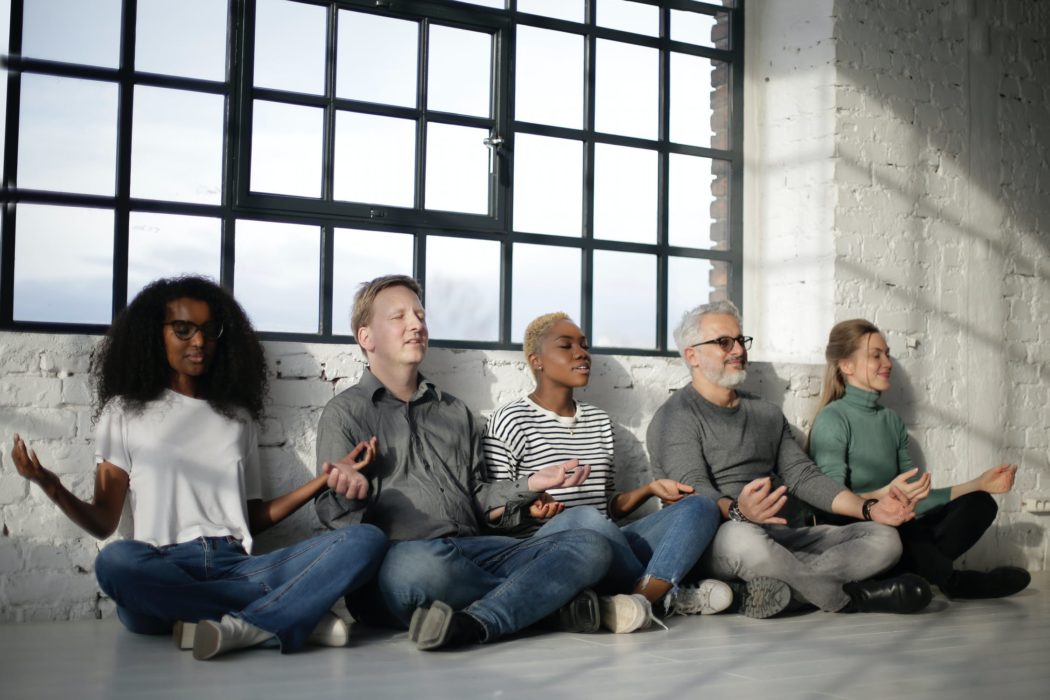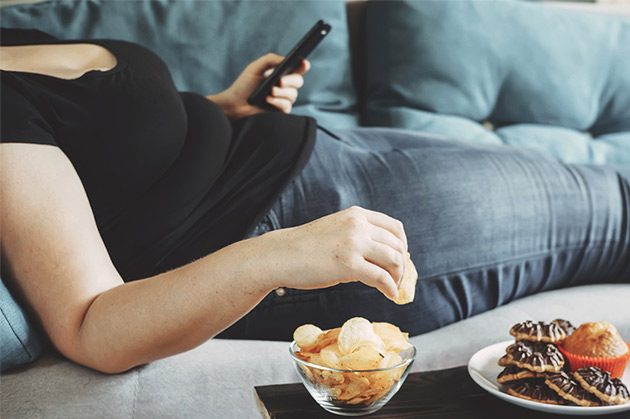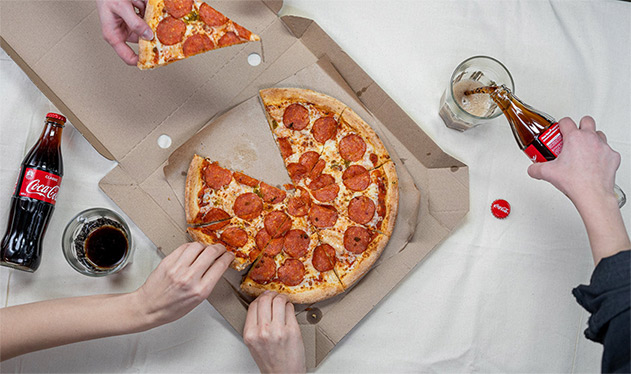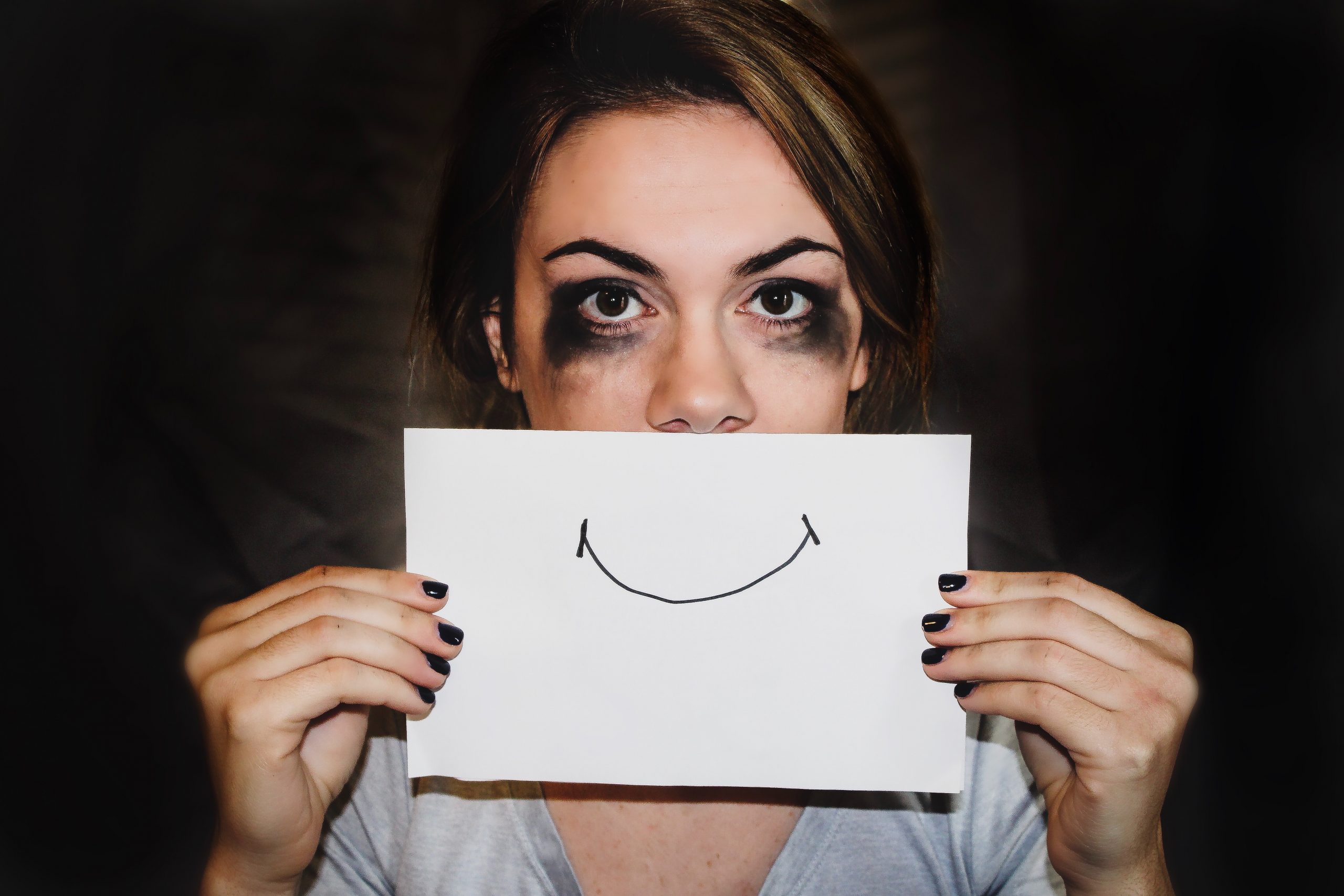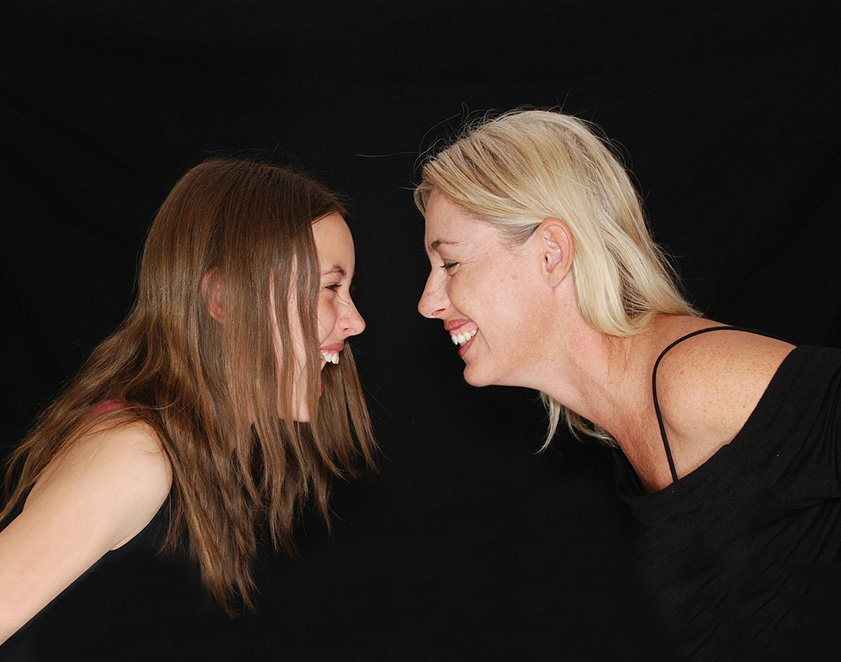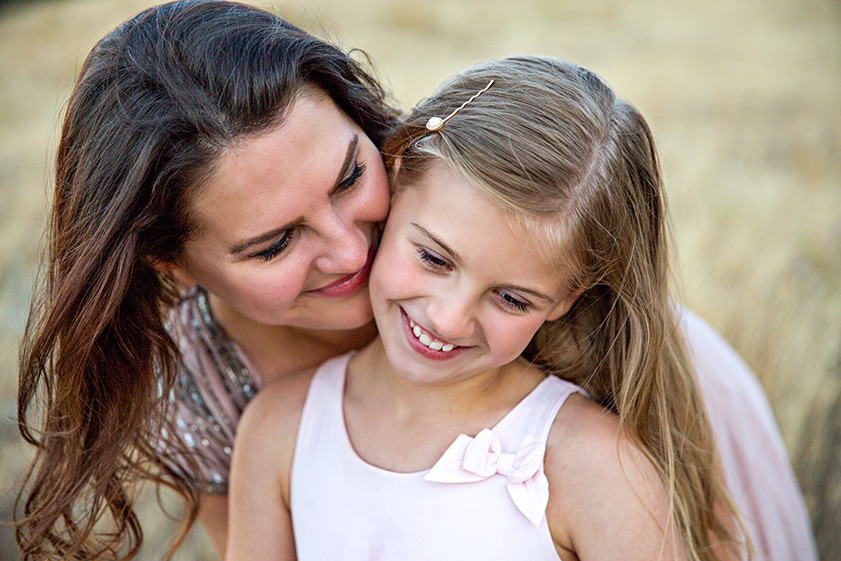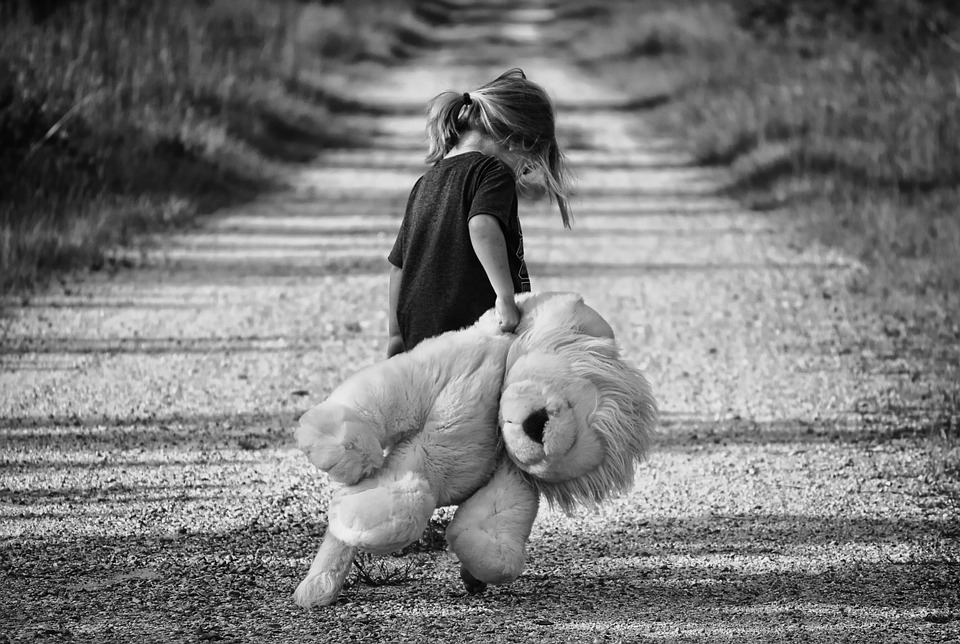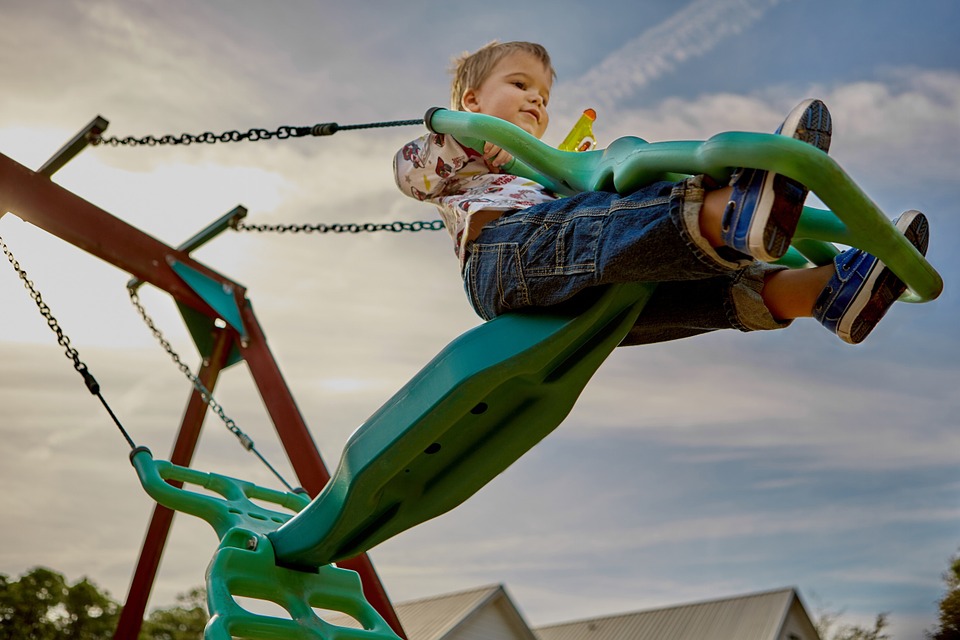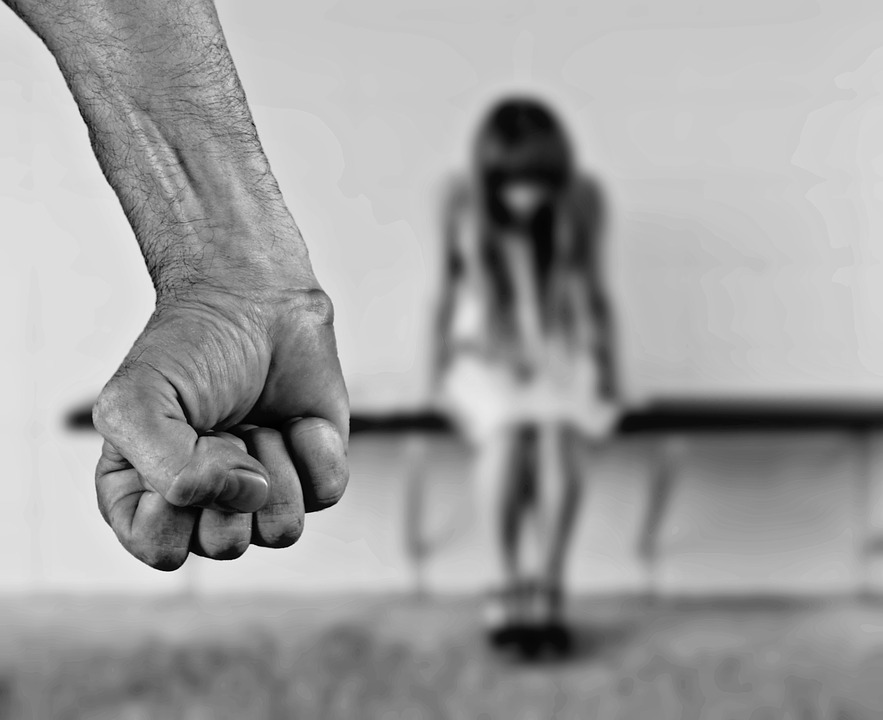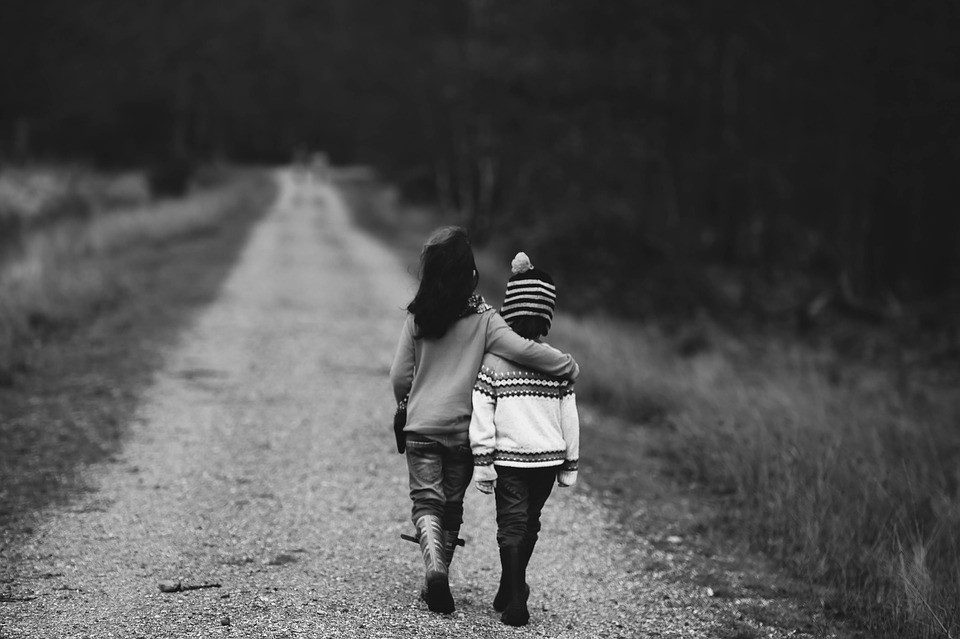The top parenting podcasts to listen to right now.
The Early Parenting Podcast
Australian mum of two and early parenting consultant, Jen Butler, offers quick tips for early parenthood in her brief, practical and upbeat episodes. Focusing on ages 0 to 4, Jen discusses topics like new-born sleep, breastfeeding, family health and toddler behaviour.
Offering up her expertise as a parent and midwife, Jen also includes self-care for mums, answering questions like ‘how do I know if I’m ready to have another baby?’.
In one episode, Jen talks about dummies, discussing the pros and cons. She says that the dummy can be used as a tool to help others to soothe your baby and warns against introducing the dummy too early. Jen also provides advice for weaning your child off the dummy as they age.
Episodes are very short, considering those parents with little time on their hands, each hitting under 10 minutes.

Spot Family Podcast
A deeply informative weekly podcast about children’s development, health and learning. Australian host Heidi Begg, a speech pathologist and founder of Spot (an online speech therapy service), provides advice for parents.
Every episode includes advice from Heidi, interviews with doctors and health professionals, and science-based tools to help children reach their fullest potential.
This relatively new podcast, answers questions such as ‘is my child a late talker?’ and topics such as ‘how language impacts behaviour’ from the perspective of professionals.
Heidi talks about how to fix lisps and other speech issues, discussing the causes and psychological impacts of speech impediments. She explains the different kinds of lisps and the risks associated with leaving the condition untreated. Heidi highlights the impact of having a childhood lisp on educational development – saying that it can cause problems when learning to speak and read in school.
All advice provided is well grounded in research and professional experience, and episodes range from 30 to 60 minutes.
Baby Steps
Baby Steps follows parents (and YouTube sensations) Ned and Ariel Fulmer, as they prepare for their second child. In their mid thirties, Ned and Ariel live in LA with their dog and two year old son. In the podcast you join them through the ups and downs of Ariels second pregnancy and beyond.
They discuss the joys, fears, and messy parts of parenthood – reviewing new products, sharing personal stories, and offering advice.
In one episode about sex after pregnancy, the couple talk about the awkward moments and the challenging ones. These intimate stories are often humorous, and touch on taboo subjects. The couple recount their arguments about whether to have sex with the baby in the room and discuss the importance of maintaining an intimate relationship postpartum.
Episodes run for 30 to 60 minutes and focus on different aspects of parenthood and pregnancy. While Ned and Ariel claim they are not experts on parenting, the podcast is candid and entertaining.

The One in a Million Baby
In this podcast, host Tessa Pebble interviews parents of children with disabilities from New Zealand and all over the world. Every week, Tessa sits down with a new guest to discuss their unique experiences.
Each episode of The One in a Million Baby offers insight into the lives of families who experience the challenges and triumphs of parenting a child with special needs.
Many guests on the podcast are parents, advocates and educators for children with disabilities – and offer advice and personal stories. In her third episode Tessa explores the challenges Beth Armstrong faced when trying to find suitable education for her disabled daughter. Beth’s child Molly, has ADHD, Autism and is partially blind. In an engaging and heartfelt conversation, Beth explains her struggles against an education system not suited to disabled children.
Having lost her first child to Charge Syndrome (a rare genetic disorder that causes life threatening birth defects) at only 10 months of age, Tessa explores parenting children with disabilities through a unique perspective. Understanding and empathising with guests as they share their own stories. Episodes run for 30 to 60 minutes.
Spawned
Joint founders of CoolMomPicks.com, Liz Gumbinner and Kristen Chase are parents and writers. In their podcast Spawned, the two women sit down and discuss challenges affecting today’s parents. Each episode focuses on a new topic – such as parenting culture, general tips and tricks, and interviews with celebrity guests.
The podcast features a wide variety of guests, and examines challenges such as raising unplugged kids, and discipline.
One of the guests, psychologist Mike Brooks, discusses how to effectively reduce screen time for children. The hosts and Brooks examine the issue together, while Brooks provides practical advice for listeners.
The hosts provide entertaining and comedic stories and discussions, usually ranging from 30 to 60 minutes. Liz, Kristen and their guests work together to decipher modern parenting issues– providing different perspectives on today’s biggest parenting concerns.




